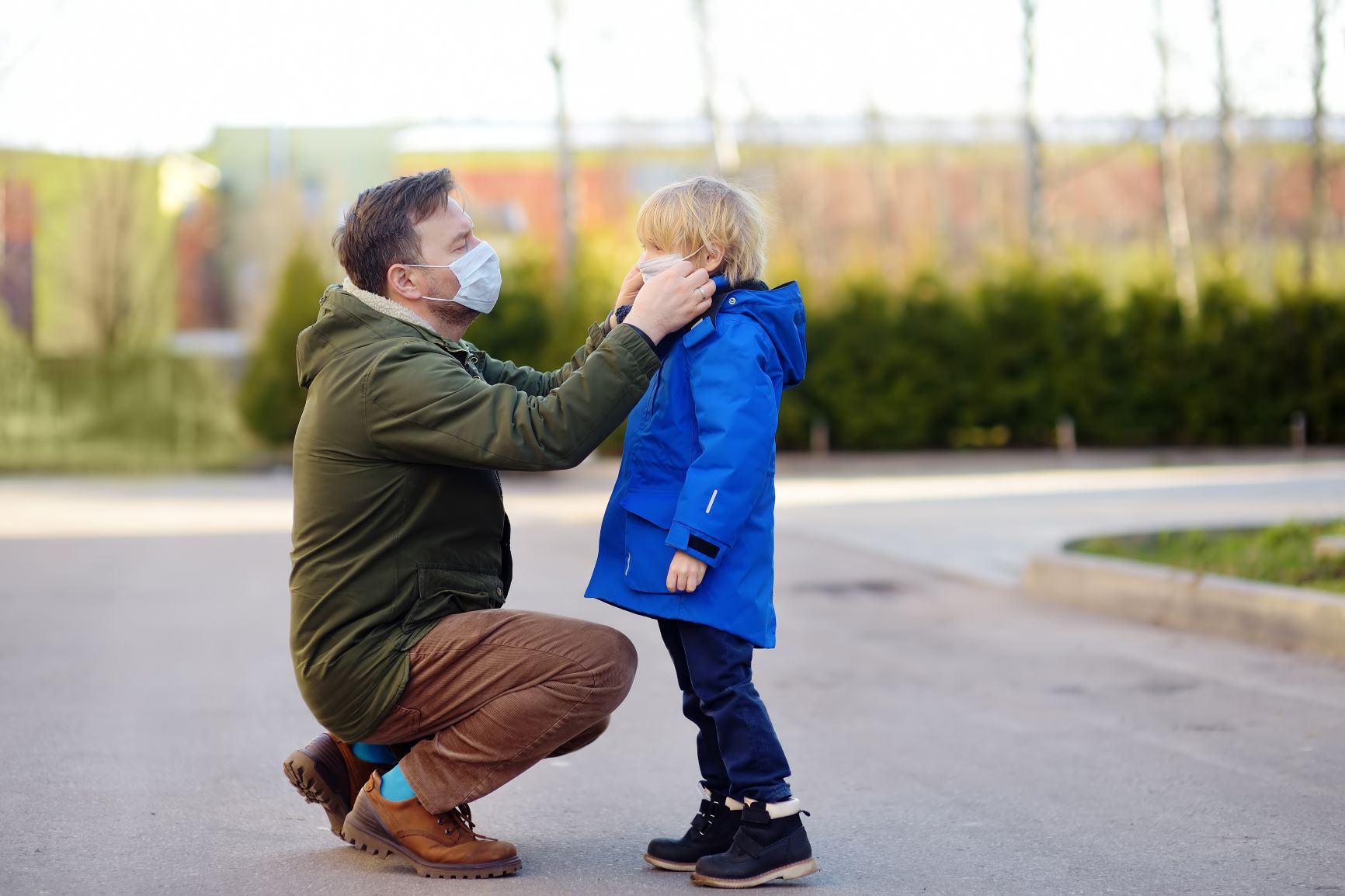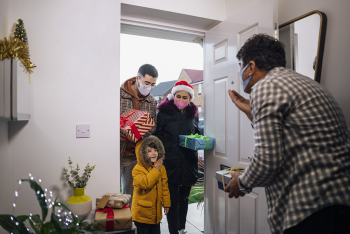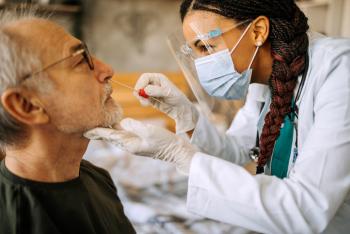Long COVID refers to a range of persistent symptoms that can linger for weeks, months or years after...
Read More

The Centers for Disease Control and Prevention (CDC) is recommending that face masks or face coverings be worn when in public, and most states have issued mandates requiring that these masks be used. Recently, Governor Phil Murphy increased the strictness of these guidelines with an executive order mandating the use of masks in outdoor settings when social distancing isn’t possible.
While adult masks are increasingly easy to come across for purchase, how do we protect our children whose faces are too small for the masks? Do they even need to use masks?
“The guiding principle behind wearing masks is that if all people wear one in public, then the virus will be contained by everyone’s individual mask,” said Pratyusha Katta, M.D. a Nemours pediatrician providing ER and inpatient care at Inspira Medical Center Vineland. “But for some groups of people, masks can do more harm than good.”
In order to protect themselves and others, children over the age of 2 should wear a cloth face mask when they are out in public and near other children and adults.
“We are all still safer at home,” said Dr. Katta. “But that isn’t always an option, so it’s important for kids over 2 to have and wear masks and practice appropriate physical distancing.”
“Children under the age of 2 should never wear a mask, no matter where they are or who they are near,” says Wendy Rosen, RN, the Maternal-Newborn Clinical Outcomes Manager at Inspira Medical Center Mullica Hill. “We want to tell all new parents—the risks that the masks pose to the baby include choking and suffocating, both of which can be deadly.”
Dr. Katta adds that although very small children and babies shouldn’t wear masks, there are certain situations—like on public transportation or in large crowds—where you should want to cover a small child or baby’s face to help protect them. This can be done by gently holding a cloth over their face—your child’s pediatrician can offer guidance on the best way to protect your baby.
For children, interacting with someone wearing a mask, or wearing one themselves, can be frightening. To help normalize the mask for them, there are some things that you can do with them:
If your child is severely immunocompromised or otherwise considered to be high risk, you should take extra precautions when leaving your home with them.
“As per American Academy of Pediatrics recommendations, high-risk children are encouraged to use an N95 mask if and when they have to leave their home,” said Dr. Katta. “If your child has other special needs, then they may need to take special precautions that your doctor can help you to follow.”
Family members of high-risk children should also use surgical-grade masks if possible.
References:
Considerations for Wearing Cloth Face Coverings
Cloth Face Coverings for Children During COVID-19

Long COVID refers to a range of persistent symptoms that can linger for weeks, months or years after...
Read More
A Very COVID Christmas: How to Celebrate Safely
Read More
After more than two years of masks, social distancing and travel restrictions, this winter is likely...
Read More